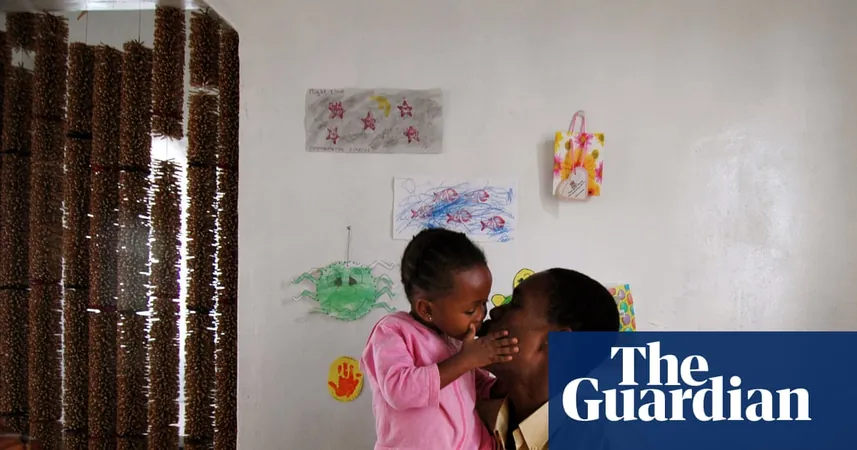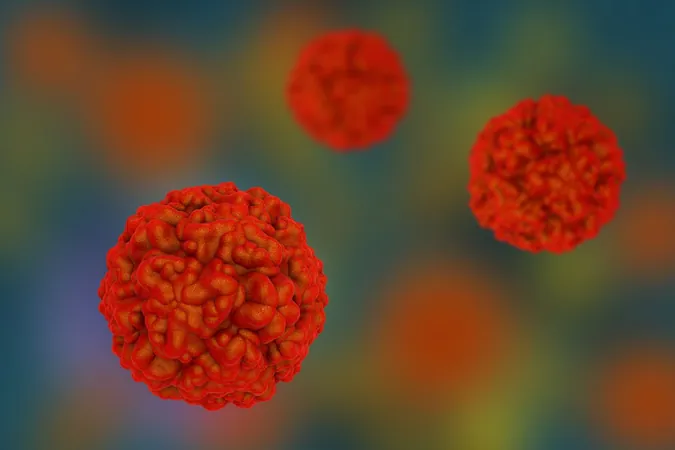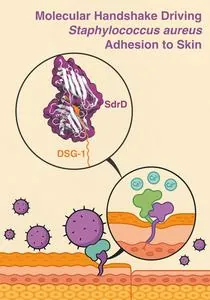
From Crisis to Triumph: How Botswana Became a Beacon of Hope in the Fight Against Pediatric HIV
2025-08-22
Author: Mei
The Struggle Against a Silent Enemy
At the dawn of the 21st century, Botswana found itself grappling with one of the most severe HIV epidemics in the world. With nearly one in eight infants being diagnosed with the virus at birth, the country faced a public health crisis of staggering proportions. The then-president, Festus Mogae, vividly articulated the gravity of the situation in 2001, claiming, "We are threatened with extinction." With a population hovering around 1.7 million and no cure in sight, Botswana faced a critical juncture.
A Dramatic Transformation Begins
Emerging from the shadows of despair, Botswana would soon unveil one of the globe's most successful HIV elimination programs, spearheaded by the dedicated Dr. Loeto Mazhani. With targeted interventions, Botswana slashed mother-to-child transmission rates to below 1% over two decades.
A Landmark Achievement Recognized
Earlier this year, Botswana achieved a monumental milestone, becoming the first nation globally with a high HIV burden to earn the World Health Organization’s Gold Tier status for eliminating mother-to-child transmission of the virus as a public health threat. This astonishing turnaround was initially met with skepticism; WHO officials doubted Botswana's reported infection rates, insisting, "No, no, you have 10,000 children that are HIV positive." It took years for the data to be accepted as credible.
Overcoming Stigmas and Barriers
Today, fewer than 100 infants with HIV are born annually, prompting meticulous audits for each case to unveil their origin. The journey to this point was fraught with challenges, especially persuading HIV-positive mothers to opt for formula feeding over breastfeeding—an act that often led to social ostracization. However, as education progressed, the stigma diminished.
Innovative Strategies Lead the Way
In 2013, Botswana adopted the WHO’s Option B+ strategy, which provided free antiretroviral therapy to all pregnant and breastfeeding women living with HIV. This bold move positioned Botswana as a pioneer in the global fight against pediatric HIV. But even this groundbreaking approach faced hurdles, as many mother-to-child transmissions still occurred when mothers acquired the virus during pregnancy. To combat this, Botswana established advanced laboratories and initiated routine HIV testing for expectant mothers.
A Unique Strategy with Global Implications
The effectiveness of Botswana's program lies in near-universal access to antenatal care, ensuring that most women deliver in healthcare facilities. This enabled immediate testing and treatment for newborns of HIV-positive mothers. Remarkably, a distinct group of children in Botswana have suppressed the virus to near-zero levels, having been on antiretroviral treatment since birth.
Hope on the Horizon: The Quest for a Cure
At the recent International Aids Society conference, researchers discussed groundbreaking trials for these children, exploring innovative treatments that could potentially cure them. Dr. Roger Shapiro, leading a landmark study, hopes that by providing these children with a new class of HIV drugs, they may achieve long-term remission, or perhaps, a cure.
Challenges Looming But Optimism Prevails
Despite the progress, Botswana's HIV program faces significant challenges amid economic uncertainties and reductions in foreign aid. With a diamond-dependent economy under pressure, the sustainability of the HIV prevention and treatment efforts remains in jeopardy. But the progress made thus far fuels optimism, suggesting that if a breakthrough cure is to emerge, Botswana is poised to lead the way.
In the words of Dr. Ava Avalos, reflecting on the impressive strides made, "If we can’t manage it here, I don’t know where we could do it." Botswana's remarkable journey from a dire crisis to a model of hope stands as a testament to resilience and innovation in global health.


 Brasil (PT)
Brasil (PT)
 Canada (EN)
Canada (EN)
 Chile (ES)
Chile (ES)
 Česko (CS)
Česko (CS)
 대한민국 (KO)
대한민국 (KO)
 España (ES)
España (ES)
 France (FR)
France (FR)
 Hong Kong (EN)
Hong Kong (EN)
 Italia (IT)
Italia (IT)
 日本 (JA)
日本 (JA)
 Magyarország (HU)
Magyarország (HU)
 Norge (NO)
Norge (NO)
 Polska (PL)
Polska (PL)
 Schweiz (DE)
Schweiz (DE)
 Singapore (EN)
Singapore (EN)
 Sverige (SV)
Sverige (SV)
 Suomi (FI)
Suomi (FI)
 Türkiye (TR)
Türkiye (TR)
 الإمارات العربية المتحدة (AR)
الإمارات العربية المتحدة (AR)